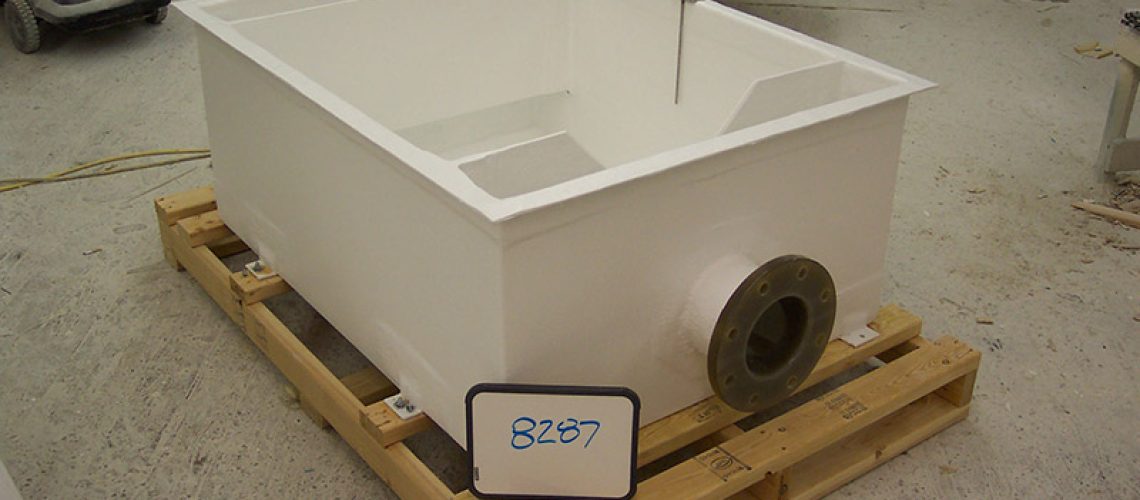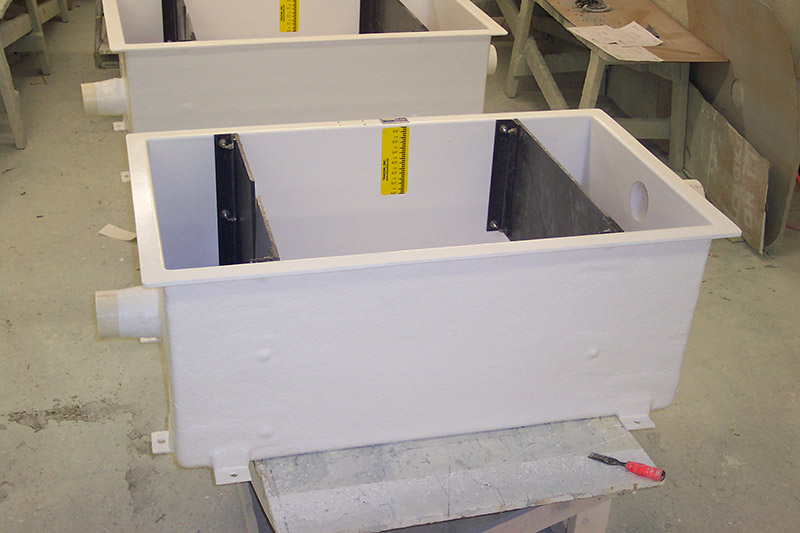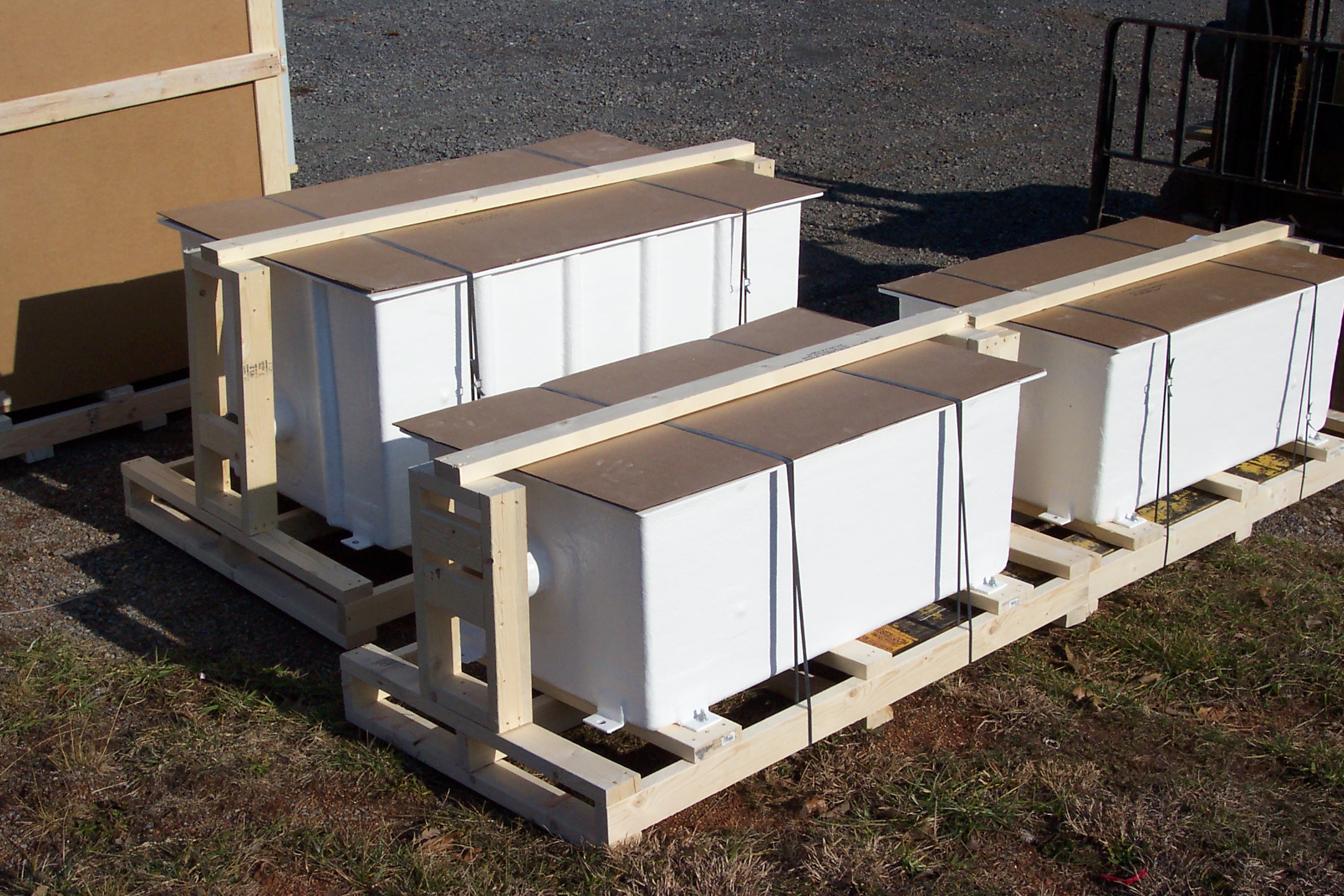Weir boxes are among the best options available when you’re looking for flow rate measurement solutions, but there are several different types and functions to consider. Weirs come with several advantages and disadvantages, and each style has something a bit different to offer. Learn how to find the right weir, and discover whether these brilliant devices are the best fit for your open channel flow.
Weir Types
Weirs come in various types, and you’ll need to be familiar with them all to find the right one for your flow channel conditions. Each has something special to offer, but only one can be the best fit for your needs. The V-notch or triangular weir is among the most popular thanks to its precision in low flow open channel measurement and profile for measuring CFS discharges less than 1, though it’s applicable to flows up to 10 CFS.
Rectangular weirs are a common alternative to triangular weirs, and they come in two different forms. The contracted design is suitable for higher flows, though the discharge equation is a bit more complex than with most other weirs. The suppressed design, however, has a simpler equation and is a bit easier to construct while offering the same range of flows. Just make sure the nappe is properly aerated with that design.
If you’re looking to get a weir for flow measurement, there are several considerations to keep in mind. Finding the right kind of weir means examining the conditions of your flow channel and considering the different types of weirs and what they can offer. Learn all about how to select a weir, and find out which particular design and application would work best for your unique needs.
Triangular
A triangular weir is also known as a V-notch weir, and it’s specifically designed to measure low flows. The notch angles here measure anywhere from 20 to 120 degrees, and they can be used for flows up to 10 cubic feet per second. Their biggest advantage, however, is that they provide the best profile for any discharges that are less than 1 cfs.
Rectangular
Rectangular weirs are designed to be an alternative to their triangular counterparts when you need to measure higher flows. In fact, channels with high flows that are suitably fit for weir boxes almost always employ the rectangular design. Just keep in mind that the discharge equation is a bit more complicated than what you’d find with other weir types. It’s important to remember that rectangular weirs come in two different forms. You can either get a contracted or suppressed rectangular weir. Contracted weirs are the ones with difficult discharge equations, while suppressed weirs are designed to remedy that. The downside of a suppressed weir is that the nappe has to be properly aerated and the channel must be able to support using the weir’s sidewalls as the weir ends.
Cipolletti
A Cipolletti weir is similar to a contracted rectangular weir with one major difference. The notch ends angle out with a 4:1 ratio that simplifies the discharge equation. They’re not quite as accurate as rectangular weirs or triangular weirs, but Cipolletti weirs can be useful as part of a larger weir set, as there’s an ambiguous discharge between weir sections here.
Circular
Circular weirs are unique in that they’re specifically designed to be mounted within pipes or conduits. There really aren’t many other applications for them, but if you need one in a pipe, there is no better option. Just keep in mind that flow rate is not determined by pipe size. Instead, you’ll need to measure the open weir area.
Alternatives to Weirs
In some instances, a weir may not be appropriate at all, regardless of what kind of weir design you opt for. Several disadvantages of weirs could compromise your flow measurement efforts entirely. For example, weirs suffer from high head loss, and there’s little resistance to submergence. You may not have enough space for the upstream weir pool requirements, and you’ll have to perform periodic maintenance on the weir pool when you do have enough space to install one properly.
Weir Advantages
When you opt for a weir, you can enjoy a wide range of advantages that may not be available otherwise. One of the most obvious is that the design is simple and easy to work with. Finding one that fits your channel is quite simple as well, thanks to its easy installation. The straightforward installation also makes the weir relatively affordable, with low construction costs compared with a lot of alternatives.
Weirs are popular solutions, so operator familiarity is practically a given when you implement one of these devices. The range of styles, sizes, and notches also makes them easy to customize. If you’re looking for dual flow range measurement, you can opt for a compound weir and still enjoy the point-of-measurement flexibility that all weirs offer. Above all else, though, weirs offer to pinpoint accuracy if you’re measuring correctly.
Weir Disadvantages
While weirs have much to offer, there are some downsides you should be aware of before you commit to one of these devices. You may have to compensate for high head loss as well as downstream scour. Submergence can be a serious threat, as weirs don’t offer any innate resistance to the effect. Measuring can also be tricky if you’re not experienced because the zero reference elevation is actually above the floor of the weir.
One of the most impactful disadvantages of weir boxes is that they require frequent maintenance to function properly. Not only does the weir pool need to be regularly cleaned, but you have to maintain the crest as well. Rounding off the crest can cause the weir to malfunction, but if you make it razor-sharp, that comes with its own set of problems.
Weirs From Tracom
Now that you know how to select a weir box, you just need a manufacturer. That’s where Tracom can help. Our team will work with you to create a custom design perfectly suited for your flow channel conditions to ensure accurate measurements and reliable installation. Contact us today to get started!





